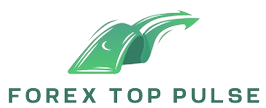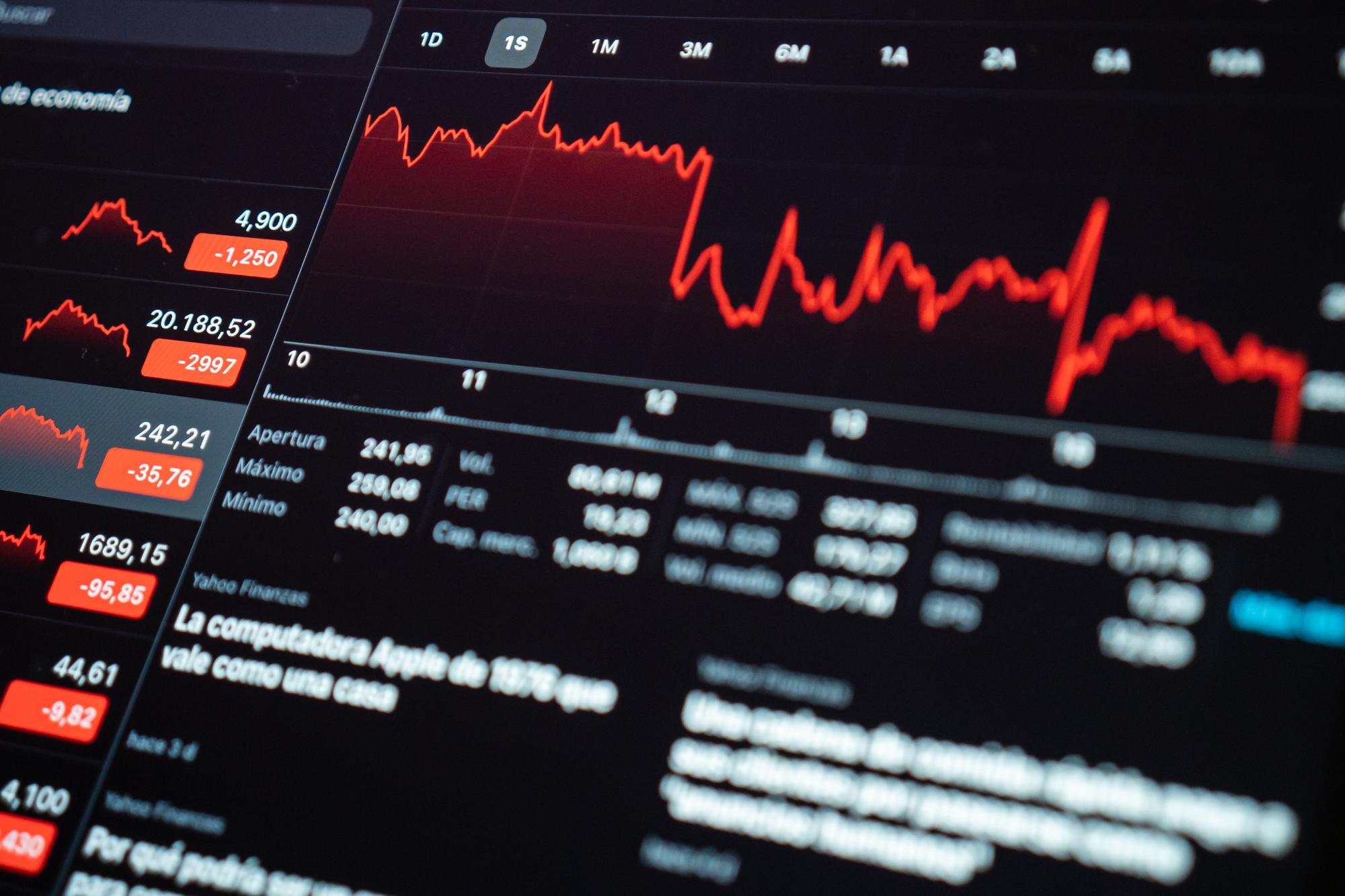For anyone venturing into the world of forex trading, choosing the right platform is akin to selecting a trusty compass for navigating uncharted waters. Forex trading platforms are the digital gateways through which you access the market, execute trades, and monitor your positions. They provide a plethora of tools and features, catering to diverse trading styles and experience levels. From user-friendly interfaces for beginners to advanced platforms equipped with sophisticated charting and analysis tools, the options can be overwhelming.
Importance of forex trading platforms
The importance of forex trading platforms cannot be overstated in today’s fast-paced financial landscape. Firstly, these platforms serve as the primary gateway for individuals and institutions to participate in the global forex market. Without them, accessing the vast array of currency pairs and executing trades would be cumbersome, if not impossible.
Secondly, forex trading platforms offer a wealth of tools and resources that empower traders to make informed decisions. From real-time market data and customizable charts to advanced analytical tools, these platforms provide invaluable insights into currency movements and market trends. This accessibility to information is instrumental in helping traders develop and execute effective trading strategies, ultimately maximizing their potential for success in the forex market.
Types of Forex Trading Platforms
When it comes to forex trading platforms, there are several types available, each catering to different preferences and needs of traders:
- Web-based Platforms
- Accessed through a web browser, no downloads or installations required
- Offers convenience and accessibility
- Ideal for traders who value flexibility and the ability to trade from any device with internet access
- Desktop Platforms
- Standalone applications installed on a computer
- Provides advanced features and customization options
- Popular among professional traders who require robust functionality and reliability
- Mobile Platforms
- Designed for smartphones and tablets
- Allows traders to manage their accounts on the go
- Provides a user-friendly interface optimized for smaller screens
- Enables quick access to market data, order execution, and account management functionalities
Each type of platform has its own set of advantages and disadvantages, so it’s essential for traders to choose the one that best suits their trading style, preferences, and needs.
Key Features of Forex Trading Platforms
| Feature | Description | Benefit |
| User Interface | Intuitive and user-friendly interface | Facilitates easy navigation and trade execution |
| Charting Tools | Provides various charting tools and indicators | Enables technical analysis and decision-making |
| Analytical Tools | Offers advanced analytical tools and features | Assists in market analysis and strategy development |
| Order Execution | Efficient and reliable order execution | Ensures timely execution of trades |
Now, let’s delve into the key features of forex trading platforms:
- User Interface
- Forex trading platforms boast an intuitive and user-friendly interface, designed to streamline the trading process.
- A well-designed interface facilitates easy navigation, allowing traders to access essential tools and execute trades efficiently.
- Charting Tools
- These platforms provide a wide range of charting tools and indicators, empowering traders to conduct in-depth technical analysis.
- Charting tools enable traders to identify trends, patterns, and trading opportunities, aiding in informed decision-making.
- Analytical Tools
- Forex trading platforms offer advanced analytical tools and features to help traders analyze the market effectively.
- These tools may include statistical analysis, market sentiment indicators, and economic calendars, providing valuable insights into market dynamics.
- Order Execution
- Efficient and reliable order execution is crucial for successful forex trading.
- Forex trading platforms ensure seamless order execution, allowing traders to enter and exit positions swiftly and accurately, even during periods of high market volatility.
By leveraging these key features, traders can harness the full potential of forex trading platforms to enhance their trading experience and achieve their financial goals.
Choosing the Right Forex Trading Platform
Selecting the right forex trading platform is a pivotal decision that significantly influences your trading experience. To navigate this choice effectively, consider the following aspects:
User Experience and Accessibility:
- Opt for a platform with an intuitive and user-friendly interface, ensuring ease of navigation and efficient trade execution.
- Assess the accessibility of the platform, making sure it aligns with your lifestyle – whether you prefer web-based, desktop, or mobile solutions.
Features and Functionality:
- Evaluate the features offered by each platform, focusing on charting tools, analytical capabilities, and order execution efficiency.
- Consider your trading style and preferences to choose a platform that provides the necessary functionalities for your specific needs.
By prioritizing user experience and features, you can make an informed decision when selecting a forex trading platform that aligns seamlessly with your trading goals.
Popular Forex Trading Platforms
When it comes to forex trading, several platforms have gained widespread popularity among traders. Here are some of the most renowned ones:
- MetaTrader 4 (MT4)
- Known for its user-friendly interface and extensive charting capabilities.
- Offers a wide range of technical indicators and automated trading options.
- MetaTrader 5 (MT5)
- Builds upon the success of MT4 with enhanced features and functionalities.
- Supports a broader range of assets beyond forex, including stocks and commodities.
- cTrader
- Notable for its sleek design and intuitive user interface.
- Offers advanced charting tools and features geared towards professional traders.
- NinjaTrader
- Popular among traders for its robust analytical tools and customizable interface.
- Supports algorithmic trading and provides access to a vast library of third-party add-ons and indicators.
These platforms have earned their reputation through reliability, performance, and a comprehensive set of features, making them go-to choices for traders of all levels.
How to Use Forex Trading Platforms Effectively
To begin using a forex trading platform effectively, start by setting up your account. This involves providing the necessary personal information, selecting your account type, and ensuring compliance with security measures. Take the time to explore and understand the platform’s account settings, including risk management options.
Navigating the Interface
Once your account is set up, familiarize yourself with the platform’s interface. Understand where key features are located, such as charting tools, order execution buttons, and account information. Efficient navigation ensures you can swiftly access the tools you need, contributing to a seamless trading experience.
By mastering the account setup process and navigating the interface adeptly, you lay the foundation for effective utilization of forex trading platforms, optimizing your ability to execute trades and make informed decisions.
Risks and Challenges
When engaging in forex trading, it’s crucial to be aware of the various risks and challenges that traders may encounter:
Technical Issues:
- Connectivity problems or platform outages can disrupt trading activities, leading to missed opportunities or execution errors.
- Software glitches or bugs may affect the accuracy of market data or the functioning of trading tools, potentially impacting trading decisions.
Market Volatility:
- The forex market is known for its inherent volatility, which can result in rapid price fluctuations and increased risk.
- Sudden market movements, especially during news releases or geopolitical events, may lead to unexpected losses if trades are not properly managed.
Navigating these risks and challenges requires vigilance, risk management strategies, and a thorough understanding of market dynamics. By staying informed and adopting prudent trading practices, traders can mitigate potential setbacks and strive for long-term success in the forex market.

